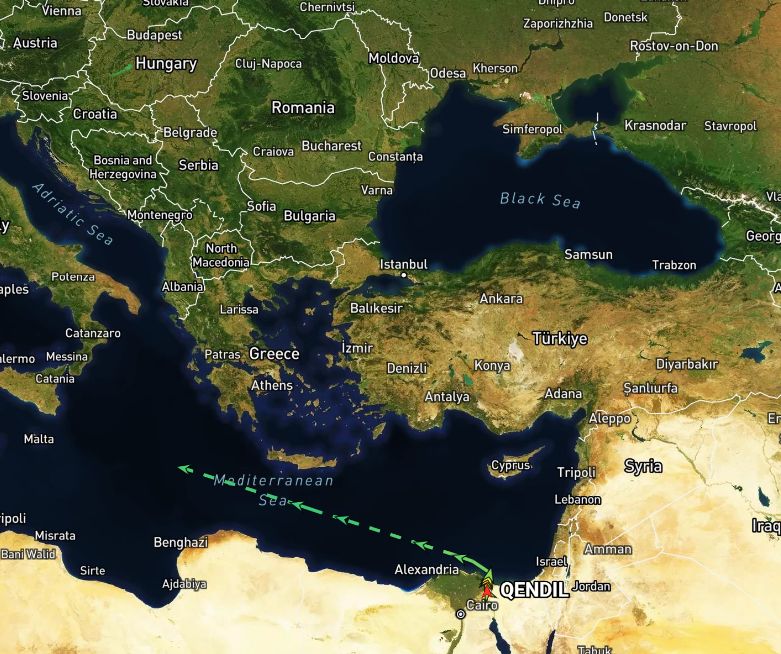Bit of a long thread here.
The Russian tanker hit overnight by a Ukrainian USV, Sig, was a prolific sanctions violator and a major lifeline for the Russian war effort in Syria.


The Russian tanker hit overnight by a Ukrainian USV, Sig, was a prolific sanctions violator and a major lifeline for the Russian war effort in Syria.


In 2019, the US Department of the Treasury’s Office of Foreign Assets Control (OFAC) sanctioned the Sig, along with several other vessels and individuals for "participating in a sanctions evasion scheme to facilitate the delivery of jet fuel to Russian forces operating in Syria" 

"Sovfracht is behind a sanctions evasion conspiracy, orchestrated by the three individuals designated today, to make payments and facilitate the transfer of supplies of jet fuel to Russian forces operating in Syria in support of the Assad government."
home.treasury.gov/news/press-rel…
home.treasury.gov/news/press-rel…
I dug up Sig's AIS records from the past year, and it tells a very clear story of near-monthly fuel deliveries.
Sig would sail AIS on until it hit the eastern Mediterranian, go dark for roughly a week, and then pop back up heading towards Russia.
But where was it going?
Sig would sail AIS on until it hit the eastern Mediterranian, go dark for roughly a week, and then pop back up heading towards Russia.
But where was it going?

Thankfully, OFAC gave us a pretty good idea of where "These transactions facilitated the sale and delivery of jet fuel in 2016 and 2017 to Banias, Syria, which was used by Russian military aircraft." 

Pulling Sentinel-2 imagery, I was able to ID the Sig sitting off the coast of Baniyas on 3 of those trips:
(clockwise from left) 2023-1-10, 2023-2-19, 2023-5-15.



(clockwise from left) 2023-1-10, 2023-2-19, 2023-5-15.



Yörük has been absolutely on top of Sig and its sister ship Yaz since 2020.
https://twitter.com/YorukIsik/status/1584673919440924672
On 2023-2-19 you can actually see both Sig and Yaz sitting off the coast of Baniyas. This was a major ID confirmation for the low res Sentinel data.
Yörük was able to confirm the pair's outbound trip together on the 15th.
https://t.co/6DvhYbi4NE

Yörük was able to confirm the pair's outbound trip together on the 15th.
https://t.co/6DvhYbi4NE
https://twitter.com/YorukIsik/status/1626022745166213120

• • •
Missing some Tweet in this thread? You can try to
force a refresh













